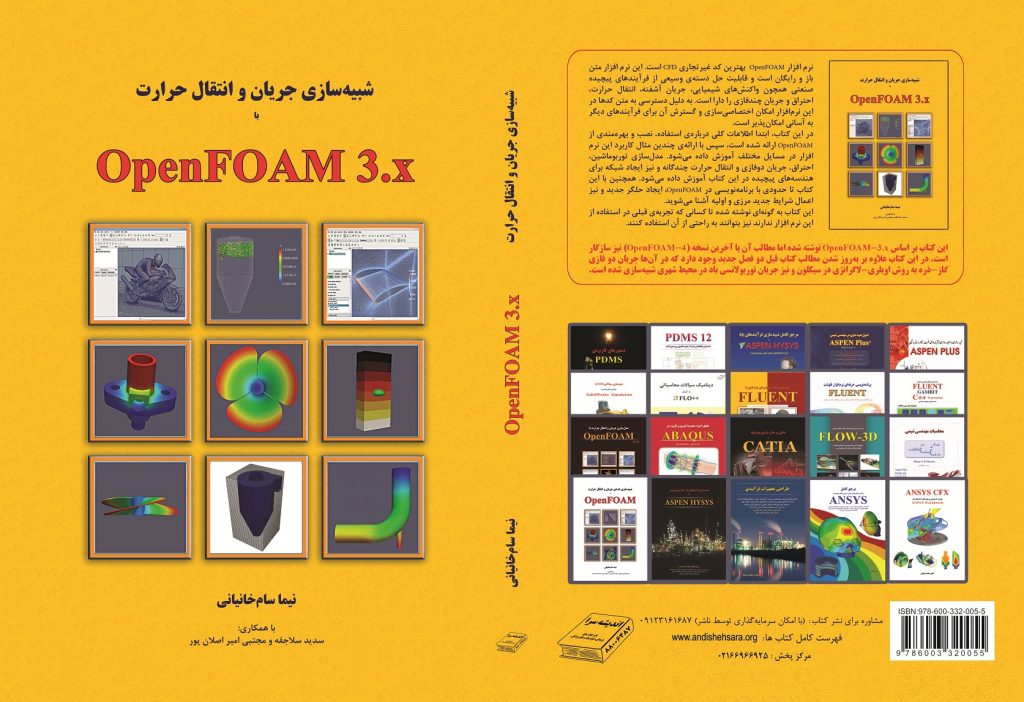OpenFOAM has two solvers (chtMultiRegionFoam and chtMultiRegionSimpleFoam ) for the simulation of heat transfer across different materials. When a solver has the keyword simple in its name in OpenFOAM, it means it uses SIMPLE algorithm for pressure-velocity decoupling, Moreover, it represents it is a steady solver.
Tag: OpenFOAM
The major two phase flow regime in the micro tubes is the Slug flow regime. In this case there is one or few bubbles inside the channel. Hence, it is usually using surface tracking techniques for simulation of two-phase flow in micro tubes.
Nusslet Number is a dimensionless number and usually reported in heat transfer context. It is defined as:
In this study, the numerical analysis on the performance of solar chimney is done using buoyantBoussinesqSimpleFoam.
CFD simulation is helpful for the prediction of ventilation system performance. In this post, I redid the study of Kobayashi [1] using buoyantBoussinesqSimpleFoam in OpenFOAM.
Many different phenomena in industry or nature include a deformable interface for example the water falling from a spillway. The simulation of such events is essential to better understanding of two-phase flow behavior, in order to optimize the design or to calculate hydrodynamic coefficients. The precise and correct modeling of the interface is the key parameter in the simulation of a free surface. There are different interface tracking methods such as VoF (volume of fluid), LS (level set), and FT (front tracking). Each method has its own advantages and disadvantages, however, VoF is becoming the most common interface tracking method due to its ease of implementation and mass conservation. OpenFOAM VoF solver is interFoam. The solver uses a technique called MULES to compress the interface and return the sharp interface. The interFoam is suitable for two-phase isothermal incompressible system. The derived solvers from interFoam is:
The third edition of my book on numerical simulation using OpenFOAM is available for Persian users in book stores.

OpenFOAM prior disadvantage is the lack of wide exclusive user guide, so user needs to go through Internet to learn OpenFOAM stuffs. Here, i provide some useful links, which contain interesting tutorials and trainings. This page will be update with my new findings.
As a part of my Ph.D. thesis, I extended an OpenFOAM solver interFoam to consider mass transfer due to boiling and condensation, new solver is called phaseChangeHeatFoam. It is available in git, it can be downloaded and compiled with the following commands in a Linux terminal.
git clone https://github.com/NimaSam/phaseChangeHeatFoam/ cd phaseChangeHeatFoam/Application/ chmod +x All* ./Allwmake
The zip file can be downloaded from here.
I wrote the first edition of OpenFOAM book around 5 years ago in Persian. The book was based on OpenFOAM-1.6. The aim of that book was to shorten the process of OpenFOAM learning. It was 5 chapters that included some simple and introductory examples. It covered different parts of OpenFOAM utilities, solvers and programming.
